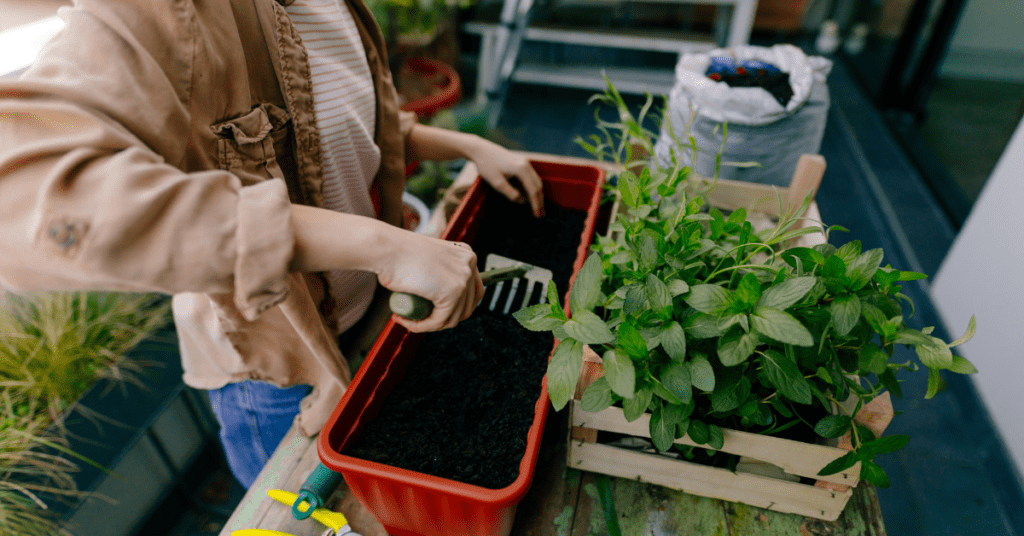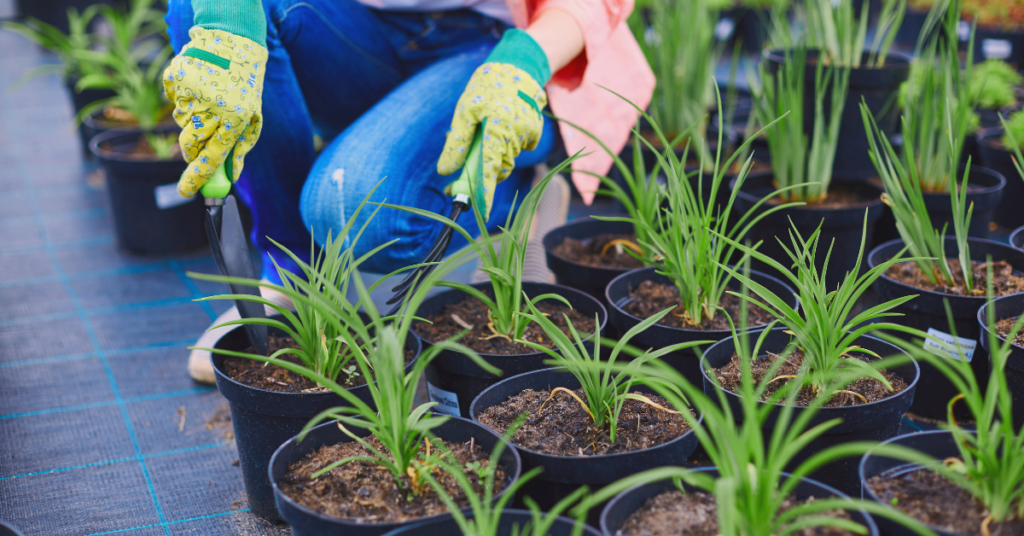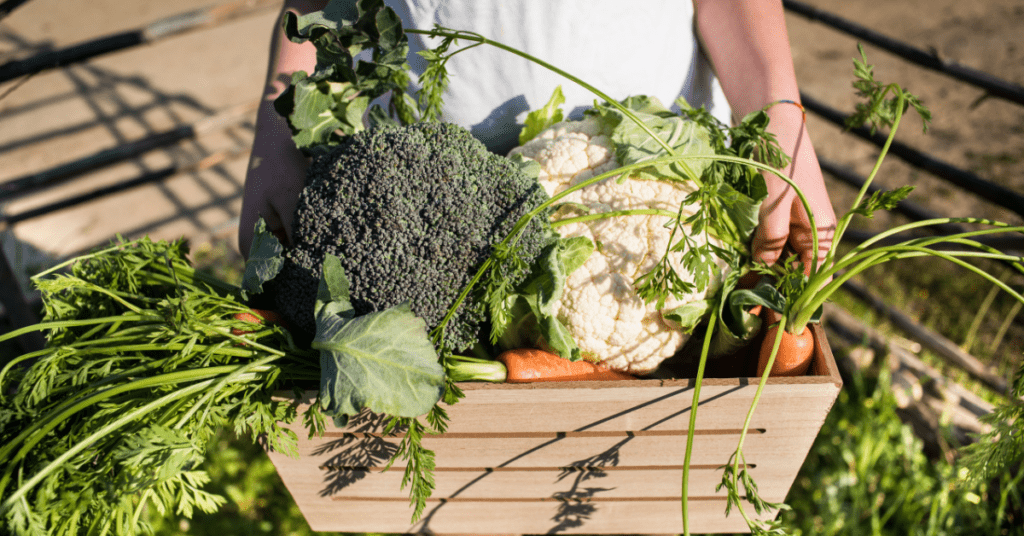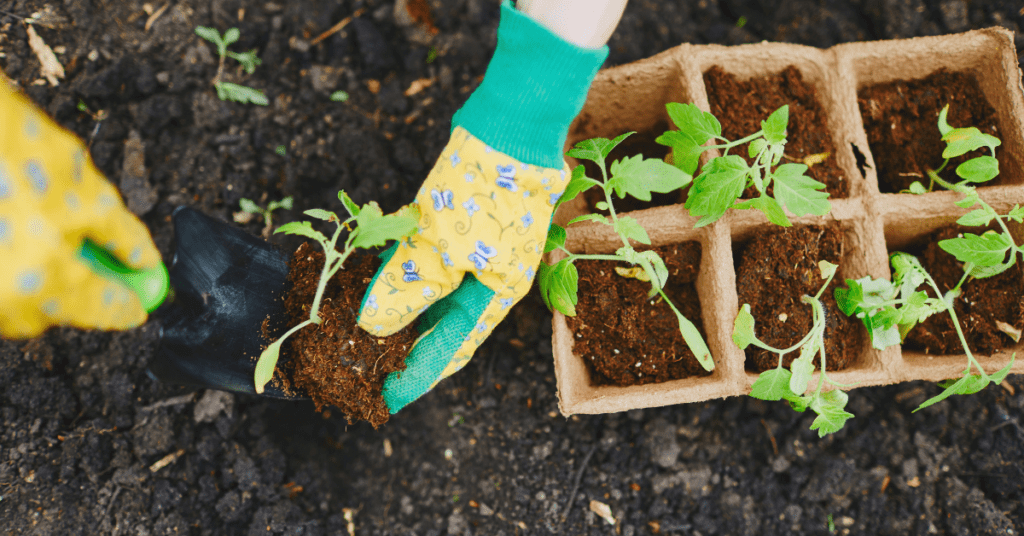After several seasons of growing the same vegetables, the soil may become depleted of nutrients, resulting in a lower yield. That’s where replanting comes in.
Replanting vegetables is a process of removing old plants and replacing them with new ones to ensure a continuous and bountiful harvest.
This step-by-step guide will give you all the information you need to replant your vegetables and achieve a bountiful harvest successfully.
What Does Replanting Vegetables Mean?
Replanting vegetables is a process that involves removing old plants and replacing them with new ones.
The process can be done in containers, raised beds, or in-ground gardens. Replanting vegetables helps to improve soil fertility, increase yield, and reduce the risk of plant diseases.
It also allows you to experiment with new vegetable varieties and extend your growing season.
Why is Replanting Important for a Bountiful Harvest?
Replanting is vital for a bountiful harvest because it helps to replenish the soil with essential nutrients that the previous crop may have depleted.
Vegetables are heavy feeders and require a lot of nutrients to grow and produce. When you replant, you can add compost or other organic matter to the soil, improving soil fertility and providing the new plants with the necessary nutrients to grow and produce a bountiful harvest.
Replanting vegetables also helps to reduce the risk of plant diseases. Some diseases can remain in the soil for years and infect new plants. By replanting, you can reduce the risk of disease by removing the old plants and any diseased plant material from the garden.
Choosing the Right Vegetables to Replant
When choosing suitable vegetables to replant, it’s essential to consider the climate, soil type, and growing season.
Some vegetables are better suited for replanting than others. For example, vegetables that are heavy feeders, like tomatoes, cucumbers, and peppers, are good candidates for replanting.
Root vegetables, like carrots and radishes, are also good candidates because they don’t leave much residue in the soil.
In addition to considering the type of vegetables, it’s essential to consider the growing season. Some vegetables, like tomatoes and peppers, require a long growing season, while others, like lettuce and spinach, have a shorter growing season.
Choosing suitable vegetables for your growing season will ensure you get the most out of your replanted garden.
Preparing Your Garden for Replanting

Before replanting your garden, it’s essential to prepare the soil properly.
Start by removing any weeds, rocks, or debris from the garden. Then, loosen the soil with a garden fork or tiller to a depth of at least 6 inches.
Add compost or other organic matter to the soil to improve its fertility and texture. Mix the organic matter into the soil to a depth of at least 3-6 inches.
Next, test the soil to determine its pH level. Most vegetables prefer a pH level between 6.0 and 7.0.
If the soil is too acidic, add lime to increase the pH level. If the soil is too alkaline, add sulfur to decrease the pH level.
Finally, water the soil thoroughly to help settle it and prepare it for replanting.
Steps to Replanting Vegetables
Now that you’ve prepared the soil, it’s time to replant your vegetables. Here are the steps to follow:
First, remove the old plants and any plant debris from the garden.
Next, dig a hole in the large enough soil to accommodate the new plant’s root ball.
Place the new plant in the hole and cover the roots with soil.
Water the plant thoroughly to help settle the soil and ensure that the plant gets the necessary moisture.
Finally, add a layer of mulch around the plant to help retain moisture and reduce weed growth.
Repeat these steps for each plant in your garden. Make sure to space the plants according to their specific spacing requirements to ensure they have enough room to grow.
Caring for Your Replanted Vegetables

Caring for your replanted vegetables is essential to ensure they grow and produce a bountiful harvest. Here are some tips to follow:
First, water the plants regularly to keep the soil moist but not saturated.
Fertilize the plants with a balanced fertilizer every two weeks to ensure they get the necessary nutrients.
Monitor the plants for pests and diseases and take appropriate action to prevent or control them.
Prune the plants to promote healthy growth and remove damaged or diseased branches.
Finally, harvest the vegetables when they are ripe to ensure they are at their peak flavor and nutrition.
Common Mistakes to Avoid When Replanting Vegetables
Replanting vegetables is a simple process, but it’s essential to avoid common mistakes that can affect the success of your garden. Here are some mistakes to avoid:
Not preparing the soil properly before replanting.
Replanting the same vegetables in the same spot without rotating crops.
Overcrowding plants and not providing enough space for them to grow.
Failing to monitor and control pests and diseases.
Not harvesting the vegetables when they are ripe.
Tips for Maximizing Your Harvest

To maximize your harvest, it’s essential to follow some tips that will help you get the most out of your replanted garden. Here are some tips to follow:
Plant companion plants that will help to repel pests or attract beneficial insects.
Use trellises or stakes to support vining plants like tomatoes and cucumbers.
Harvest vegetables regularly to encourage new growth and prevent overcrowding.
Use succession planting to extend your growing season and ensure a continuous harvest.
Preserve excess vegetables by canning, freezing, or dehydrating them for later use.
Recipes for Using Your Replanted Vegetables

Once you’ve harvested your vegetables, it’s time to put them to good use in some tasty recipes. Here are some ideas to get you started:
Roasted Vegetable Medley: Cut up your favorite vegetables and roast them in the oven with olive oil and seasonings for a delicious side dish.
Grilled Vegetable Skewers: Thread your favorite vegetables onto skewers and grill them for a tasty and healthy summer meal.
Vegetable Stir-Fry: Saute your favorite vegetables in a wok with soy sauce and sesame oil for a quick and easy meal.
Vegetable Soup: Use your harvested vegetables to make a delicious and hearty vegetable soup for a comforting meal on a chilly day.
Vegetable Lasagna: Layer your harvested vegetables with noodles and cheese for a delicious and hearty vegetarian lasagna.
Conclusion and Final Thoughts on How to Replant Vegetables
Replanting vegetables is an easy and effective way to improve soil fertility, increase yield, and reduce the risk of plant diseases.
Remember to care for your replanted vegetables properly, maximize your harvest with some tips and recipes, and enjoy the delicious and nutritious vegetables you’ve grown.
Happy gardening!

